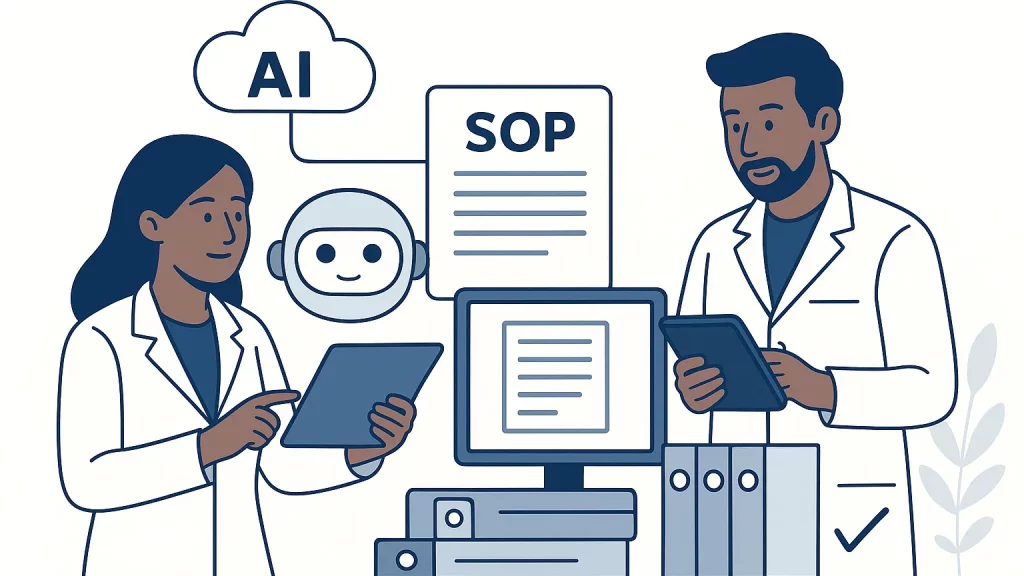By EVOBYTE Your partner in bioinformatics
Introduction
If you’ve ever tried to make sense of a complex microbiome—soil, wastewater, or the human gut—you know metagenomics can feel like assembling a thousand puzzles at once. We shotgun-sequence DNA directly from a community, then ask software to tell us which organisms are present and what they can do. That’s powerful, but short-read data often splinters genomes into fragments, loses strain-level signals, and makes it hard to link antimicrobial resistance (AMR) genes to their hosts. Long-read sequencing, especially with Oxford Nanopore Technologies (ONT), changes the game by reading much larger pieces of DNA in real time. In this post, we’ll unpack what metagenomics is, why short reads hit a wall, and how nanopore long reads help you break through it.
What is Metagenomics? From 16S to Shotgun
Metagenomics is the study of genetic material recovered directly from environmental or clinical samples—no culturing required. Early workflows leaned on 16S rRNA amplicon sequencing to identify bacteria. That’s quick and cheap, but it focuses on a single marker gene and misses functional context. Shotgun metagenomics sequences all DNA in the sample, allowing us to discover microbes across domains (bacteria, archaea, viruses, fungi) and profile pathways, virulence factors, and AMR genes.
For data scientists, the outputs look familiar: raw reads, taxonomic profiles, and assembled contigs that can be binned into metagenome-assembled genomes (MAGs). Key terms worth knowing—and why they matter for the industry:
– “Shotgun” means unbiased, whole-DNA sequencing, which enables end-to-end microbiome analytics in healthcare, agriculture, and bioprocessing.
– MAGs are near-complete genomes reconstructed from mixed samples, critical for discovering new species and tracking strains tied to outbreaks.
– AMR genes and mobile genetic elements (plasmids, transposons) often drive clinical decisions and public health alerts; linking them to hosts is central to risk assessment.
The Short-Read Bottleneck in Microbiome Studies
Short reads (typically 100–300 bp) are accurate and high-throughput, but they struggle with repeats, GC bias, and complex community structure. In practice, that creates several pain points:
First, assembly fragmentation. Repeats common in bacterial genomes—rRNA operons, insertion sequences, and prophages—are often longer than a short read. Assemblers can’t bridge these regions, which leads to many small contigs and fewer complete MAGs. As a result, downstream steps like binning and annotation degrade, and biological signals get diluted.
Second, lost linkage information. Short reads rarely span an entire AMR cassette or a plasmid backbone, so it’s hard to tell whether a resistance gene sits on a chromosome or a mobile element, and which species carries it. That uncertainty hampers surveillance and intervention.
Third, limited strain resolution. Microbiome shifts often happen at the strain level—think virulence islands or metabolic islands that differ by a handful of variants. Short reads provide depth, but haplotypes get mixed, and structural variants go unseen.
Finally, the turnaround trade-off. Short-read workflows typically require batching and lab-to-core pipelines. When you need an answer today—say, a hospital outbreak or a bioreactor upset—that delay can be costly.
How Oxford Nanopore Long Reads Unlock Metagenomes
Long-read sequencing with Oxford Nanopore Technologies (ONT) approaches these problems from the other side: by making reads that span difficult regions. Typical read lengths from a well-prepared library can traverse repeats outright, stitch operons intact, and capture entire plasmids and phages. That single property—context preserved within a read—simplifies assembly and improves binning, often producing more contiguous MAGs and clearer host–gene associations.
Because ONT streams data in real time, you can watch coverage accumulate and stop when you have enough depth. Adaptive sampling (“read-until”) even lets you enrich for targets on the fly, focusing scarce sequencing time on specific taxa or plasmids of interest. And beyond sequence, ONT preserves base modifications, enabling methylation-aware analyses that can differentiate strains, link plasmids to hosts via methylation patterns, or illuminate epigenetic regulation in environmental microbes.
On the computational side, the ecosystem has matured. Fast mappers like minimap2 handle noisy long reads reliably, long-read assemblers (for example, MetaFlye) untangle repeats with graph-based models, and consensus polishing has steadily improved per-base accuracy. Taxonomic profilers such as Kraken2 can classify long reads quickly, and hybrid workflows can combine long reads for structure with short reads for polishing when accuracy at single-nucleotide level is paramount.
In practice, think of a wastewater sample riddled with repeats and plasmids. Short reads will detect “which genes exist,” but long nanopore reads tell you “who carries what,” turning abstract gene counts into actionable, strain-level insights. That’s the difference between flagging an AMR risk and tracing its likely host and mobility route.
Summary / Takeaways
Metagenomics lets us read the microbiome directly, but short reads often fracture genomes and break biological context. Nanopore long reads restore that context by spanning repeats, plasmids, and operons, which boosts assembly contiguity, improves MAG recovery, and links AMR genes to their hosts. Add real-time sequencing and adaptive sampling, and ONT becomes a practical fit for time-sensitive investigations in clinics, public health, agriculture, and industrial microbiology. If your current pipeline stalls at fragmented contigs and uncertain linkages, piloting a long-read module may be the fastest way to clarity.
Further Reading
More on metagenomics here.
- Oxford Nanopore: Metagenomics and Microbiome Sequencing
- metaFlye: Scalable long-read metagenome assembly using repeat graphs (Nature Methods)
- Minimap2: pairwise alignment for nucleotide sequences (Bioinformatics)
- Kraken 2: improved metagenomic analysis (Genome Biology)
- Adaptive sampling (“Read Until”) overview by ONT

